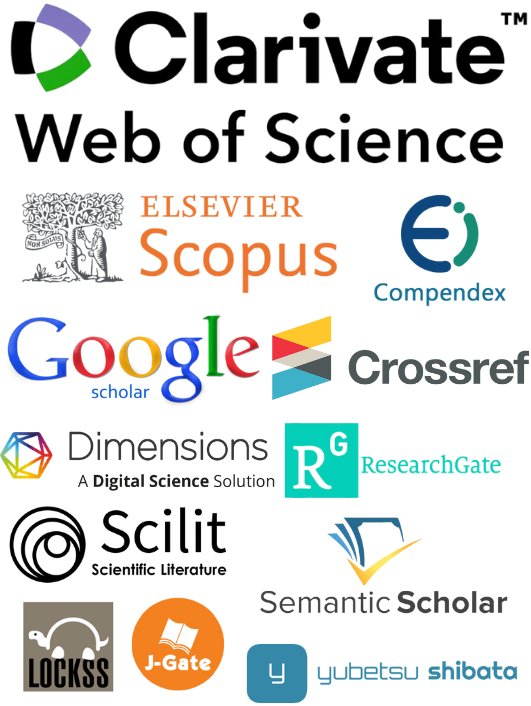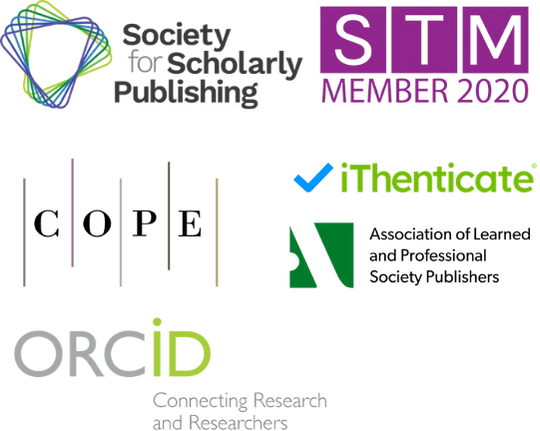Integration of Contemporary Dance Elements into Traditional Ballet Instruction
DOI:
https://doi.org/10.71222/vhjbw724Keywords:
ballet pedagogy, contemporary dance integration, hybrid methodology, dance education, movement training, artistic expressionAbstract
The integration of contemporary dance elements into traditional ballet instruction represents a significant evolution in dance pedagogy, addressing the need for more holistic and adaptive training methods. This study examines the methodological approaches, pedagogical benefits, and challenges associated with incorporating contemporary dance techniques, improvisation, and creative expression into classical ballet curricula. Through comprehensive analysis of current educational practices, this research demonstrates how contemporary elements enhance technical proficiency, artistic expression, and student engagement while preserving the fundamental principles of ballet training. The findings reveal that hybrid pedagogical approaches foster greater creativity, body awareness, and adaptability in dance students, while also addressing the evolving demands of professional dance careers. Contemporary dance integration facilitates improved kinesthetic understanding, enhanced movement quality, and development of critical thinking skills essential for twenty-first-century dancers. The study identifies optimal integration strategies that maintain ballet's structural integrity while expanding expressive possibilities. Results indicate that students trained through integrated approaches demonstrate superior performance outcomes, increased artistic versatility, and better preparation for diverse professional opportunities in contemporary dance landscapes.
References
1. C. J. Stevens, K. Vincs, S. deLahunta, and E. Old, "Long-term memory for contemporary dance is distributed and collaborative," Acta Psychol., vol. 194, pp. 17–27, 2019, doi: 10.1016/j.actpsy.2019.01.002.
2. G. Morris, "Historical schooling: Ballet Style and Technique," Res. Dance Educ., vol. 25, no. 1, pp. 1–20, 2022, doi: 10.1080/14647893.2022.2064843.
3. B. F. Soerel, L. A. Plaatsman, J. Kegelaers, J. H. Stubbe, R. M. van Rijn, and R. R. D. Oudejans, "An analysis of teachers' instruc-tions and feedback at a contemporary dance university," Front. Psychol., vol. 14, 2023, doi: 10.3389/fpsyg.2023.1133737.
4. P. Markula, K. Metzger, T. Bliss, W. Gervais, M. A. Rintoul, and J. Vandkerkhove, "'It Can Be Magic:' Creating Age Awareness Through Contemporary Dance," Front. Sports Act. Living, vol. 4, 2022, doi: 10.3389/fspor.2022.795541.
5. J. Roche, "Embodying multiplicity: the independent contemporary dancer's moving identity," Res. Dance Educ., vol. 12, no. 2, pp. 105–118, 2011, doi: 10.1080/14647893.2011.575222.
6. M. Mirzaei, V. J. Mabin, and O. Zwikael, "Customising Hybrid project management methodologies," Prod. Plan. Control, pp. 1–18, 2024, doi: 10.1080/09537287.2024.2349231.
7. Mosa Haidarh, C. Mu, Y. Liu, and X. He, "Exploring Traditional, Deep Learning and Hybrid Methods for Hyperspectral Image Classification: A Review," J. Inf. Intell., 2025, doi: 10.1016/j.jiixd.2025.04.002.
8. L. Yang, "The Evolution of Ballet Pedagogy: A Study of Traditional and Contemporary Approaches," J. Lit. Arts Res., vol. 2, no. 2, pp. 1–10, 2025, doi: 10.71222/2nw5qw82.
9. C. Hidalgo, R. Lattarulo, C. Flores, and J. Pérez Rastelli, "Platoon Merging Approach Based on Hybrid Trajectory Planning and CACC Strategies," Sensors, vol. 21, no. 8, p. 2626, 2021, doi: 10.3390/s21082626.
10. Yonatan Asher Vexler, Avraham Merzel, Rong Zhi Li, and M. Walter, "Breaking silos: the effectiveness of a knowledge inte-gration approach for dance curricula," Res. Dance Educ., pp. 1–30, 2024, doi: 10.1080/14647893.2024.2365309.
11. E. C. Warburton, "Recentering Ballet for Twenty-First-Century Dance Education," Dance Educ. Pract., pp. 2–7, 2024, doi: 10.1080/23734833.2024.2434426.
12. Irene Velten Rothmund, "Student-centred learning and dance technique: BA students' experiences of learning in contemporary dance," Res. Dance Educ., pp. 1–20, 2023, doi: 10.1080/14647893.2023.2230135.
13. J. Roche and A. Huddy, "Creative adaptations: integrating Feldenkrais principles in contemporary dance technique to facilitate the transition into tertiary dance education," Theatre Dance Perform. Train., vol. 6, no. 2, pp. 145–158, 2015, doi: 10.1080/19443927.2015.1027452.
14. J. Leach and C. J. Stevens, "Relational creativity and improvisation in contemporary dance," Interdiscip. Sci. Rev., vol. 45, no. 1, pp. 95–116, 2020, doi: 10.1080/03080188.2020.1712541.
Downloads
Published
Issue
Section
License
Copyright (c) 2025 Sophie Caldwell (Author)

This work is licensed under a Creative Commons Attribution 4.0 International License.


